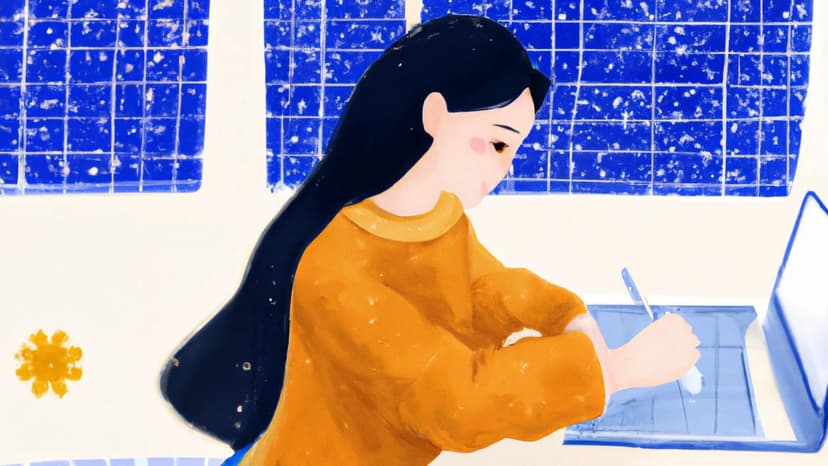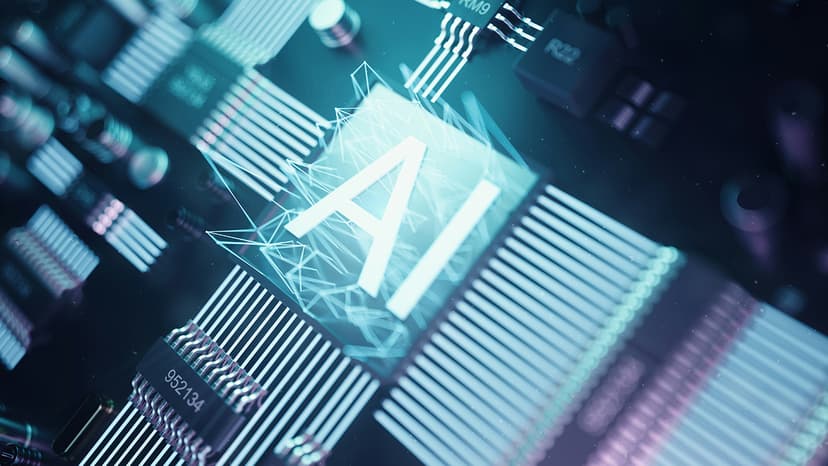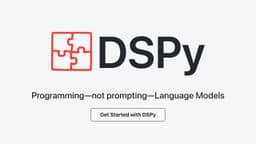LOL: The Deceptive Chuckles
What is the true meaning behind laugh or smile emojis in our digital conversations? These symbols have become common in texting, but do people genuinely laugh or smile when using them? If not, what does this reveal about our reactions in real life?
Let's explore the world of virtual giggles and analyze this trend. When a message is met with a flurry of laughing emojis, it may raise questions. Is it an effort to ease an awkward moment? Or does it simply convey goodwill and positive feelings?
The use of these emojis often reflects a more complex reality. Instead of a genuine laugh, they act as a social lubricant. They acknowledge the message without expressing strong emotions. This can be seen as a digital pat on the back or a virtual nudge indicating, "I read your message, and I’m here for you."
This behavior is not limited to online interactions. In face-to-face encounters, we often respond with polite smiles and chuckles to maintain social harmony, even when the humor isn’t genuine. We navigate conversations using similar tactics, where the goal isn’t always to express true feelings.
Next time you encounter a surge of laugh or smile emojis, consider their deeper intent. They represent a friendly gesture, a playful way of expressing connection. These emojis add warmth to our digital exchanges, highlighting the balance between authenticity and social harmony.












